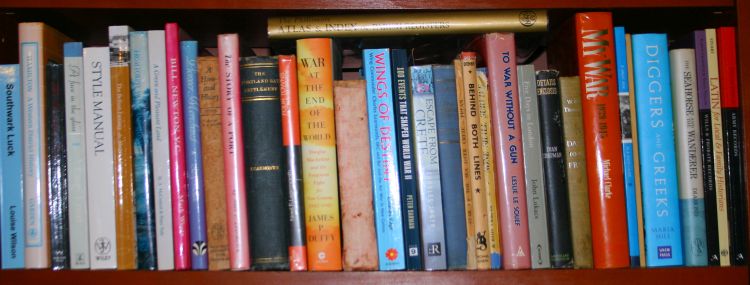AncestryDNA seems to have provided two things for me. The first is confirmation of the family research I have already done. DNA’s independence from traditional family history sources gives my family research additional surety. But do I really need that extra surety? Not really. The second thing AncestryDNA has provided me is heaps and heaps of traditional family history research. It’s not as if I haven’t enough family research from my pre DNA days that still require attention. AncestryDNA has just dumped hundreds upon hundreds of matches associated with my DNA tests and left me with no apparent guidance or control over how I process all these matches.
Why is this so? It’s because, in my usual fashion, I have delved deep into my DNA matches without considering the overall picture. The danger here is that my AncestryDNA system or model doesn’t fit my reality. I am looking for grass in the wrong paddock.
Ancestry announced last November that it has now sold 14 million DNA kits worldwide. AncestryDNA’s marketing is obviously working. Ancestry is selling something that the market wants. I have even submitted DNA samples for testing myself. Ancestry sold me something I though I wanted. It wasn’t confirmation of the research I’ve already done. It’s not about controlling how I select a small group of matches from the thousands of matches.
AncestryDNA provides hope. We provide DNA samples in the hope that the results will solve all our family history brick walls. For we all have brick walls. Starting out on our family history journey we may only have two – our natural parents. Now, my six generation fan chart hides at least ten brick walls. Which brick wall should I research first?
There is something else going on with AncestryDNA (or autosomal matches more generally). Another case where I’ve been in the wrong paddock.
Family history is the history of family relationships.
I can build my fan chart using the relationships child to father and child to mother. When I create a family tree I am creating a network where family members come together. My family tree is a special kind of network. It is quite different than the Melbourne tram network and quite different the relationship of plants in a dry sclerophyll forest.
The family relationships that define my family tree are well understood.
Family tree software uses the relationships of child to parents in my family file to build and chart family trees. Too often I focus on the timeline of an individual within my family tree. It is the relationships of one individual to another that drives the basic structure of a family tree database. The ability to add a life story of each individual in that family tree is just an added bonus to the basic purpose of having a family tree database.
DNA matches are about relationships.
A family tree requires more than one person. A tree of a single person tells me nothing about that person’s family relationships. My AncestryDNA test alone tells me nothing about my potential family relationships. I need DNA matches to show DNA relationships. In an ideal world I would start using DNA matches in the same way I have always used child to parent relationships to build my family tree. There are two problems with using my method of building my fan chart with a number of interlocking child to parent relationships. Firstly, DNA tests can only be provided by living people. Secondly, an AncestryDNA match gives some indication of the possible relationship but not the actual relationship.
More information is required. If the two parties to the match have family trees linked to the tests this may be sufficient. But I’m finding for second cousins and more remote relatives it just means more traditional family research, a great deal more, to find the information to confirm the relationship suggested by the DNA match.
Then there are the instances where hope is dashed. Where the Ancestry family trees don’t provide the solution to the possible DNA match. Nor does further traditional family history research. Do we see instances of hopes dashed in AncestryDNA advertising? Of course not.
AncestryDNA does the difficult. For the rest, it’s business as normal for family historians. More research is required. It takes us a little time to uncover those serendipity moments where the walls come tumbling down.
AncestryDNA: more traditional research required
